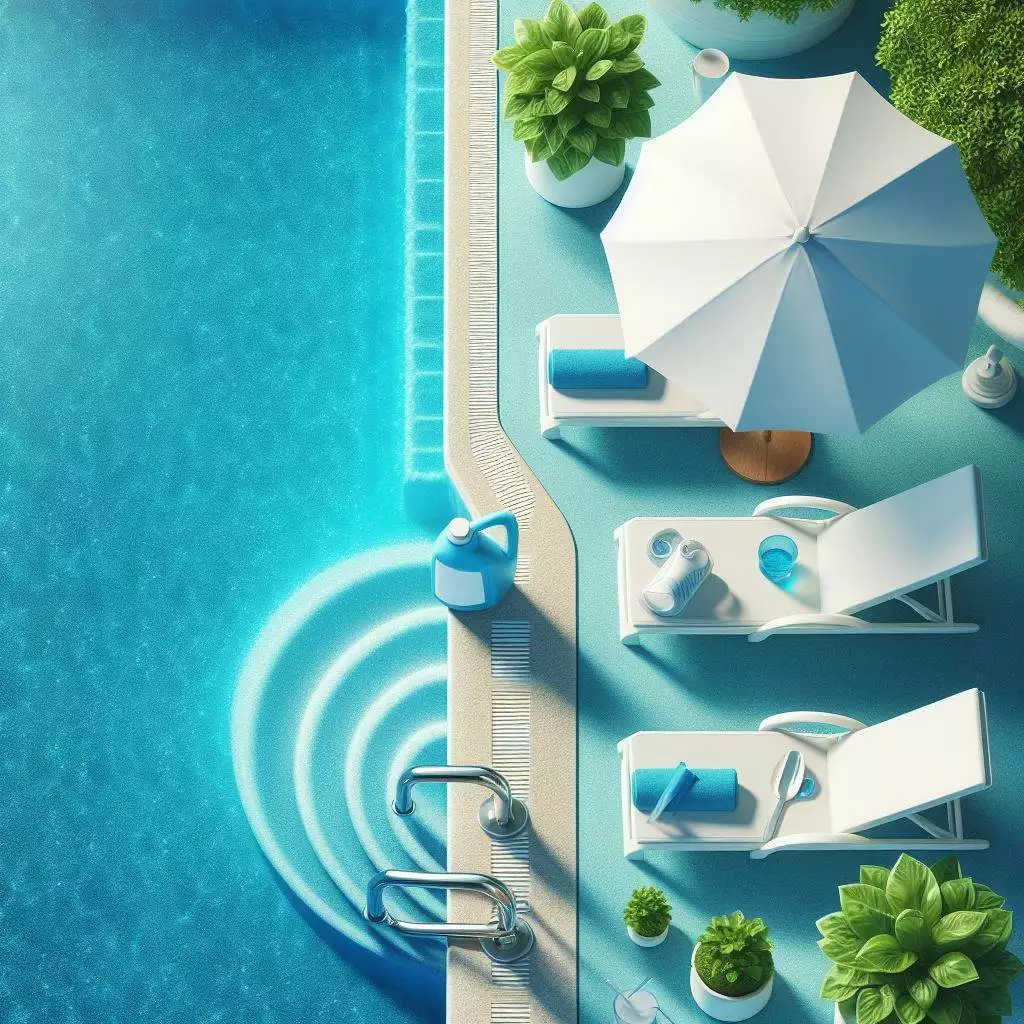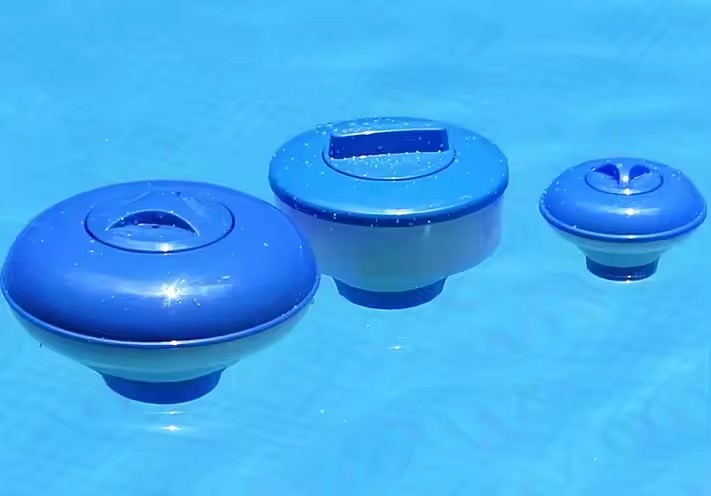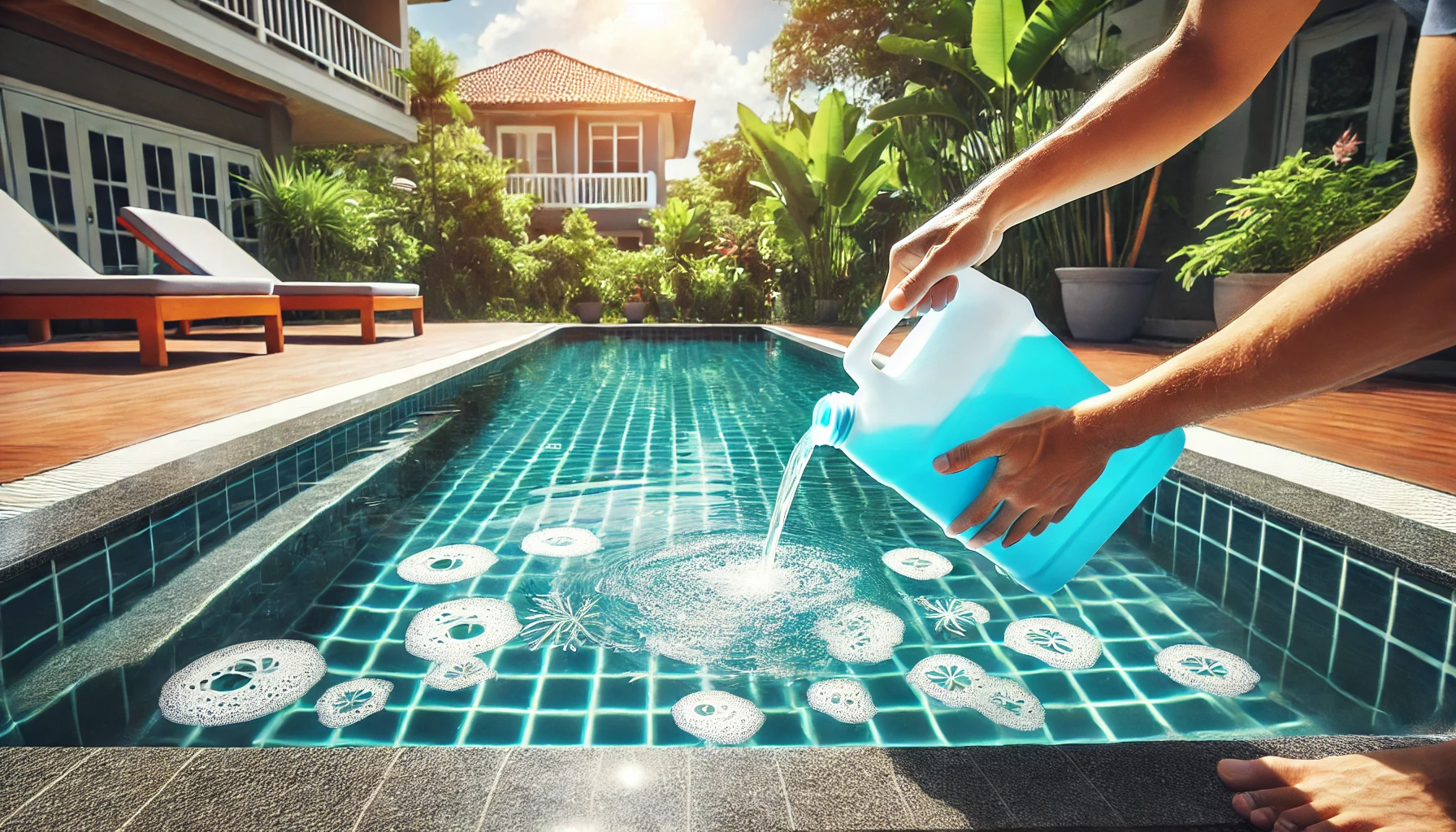When it comes to mustard, you might first think of the delicious condiment on hot dogs. However, today we’re not talking about food but about a troublesome organic pool contaminant—mustard algae! This article will teach you how to effectively remove mustard algae from your pool and prevent it from reappearing.
What is Mustard Algae?
Mustard algae, often called yellow algae, are close relatives of green algae. Due to its yellow color and granular texture, mustard algae in a pool are often mistaken for sand, dirt, or pollen at the bottom of the pool. This similarity can lead to mustard algae being misdiagnosed and therefore untreated, allowing it to grow rapidly and damage your pool.
Mustard algae typically grow in warm climates, and a small amount of mustard algae is harmless to humans or animals. However, when mustard algae overgrow, they can harbor harmful bacteria such as E. coli. If left untreated, mustard algae can also damage pool surfaces, causing severe staining and water cloudiness.
Mustard algae can attach to pool surfaces and even spread outside the pool. They can cling to pool toys, floats, and even swimsuits, spreading to other areas. Therefore, if you suspect mustard algae in your pool, thoroughly clean all items in the pool to prevent its spread.
Where Does Mustard Algae Come From?
Mustard algae can enter your pool through airborne spores or ground contaminants. Heavy rain, floods, strong winds, or other forms of pool water contamination can open the door for mustard algae to enter your pool. Knowing how to manage your pool before and after storms can help prevent algae spread.
Removing Mustard Algae from Your Pool
Now we get to the critical part—removing stubborn mustard algae from your pool. Mustard algae are resistant to chlorine, but with enough pool shock and patience, you can successfully remove it in no time.
Required Supplies
Before dealing with mustard algae in your pool, make sure you have the following items ready:
- Pool water test kit
- Water balancing chemicals
- Pool brush
- Telescopic pool pole
- Specialized algae treatment
- Powerful pool shock
- Filter cleaner
- Vacuum head
- Phosphate remover
- Algae control agent
Check the Filter and Run the Pump
Before starting to treat mustard algae, check your pool filter to ensure it’s clean. If necessary, run a backwash cycle or clean the filter cartridge. Turn on the pool pump and let it run 24 hours a day to complete the entire mustard algae removal process.

Test and Balance the Water
Test the chemical properties of your pool water and adjust the levels as needed to meet the following recommendations:
- pH level: 7.8 or higher
- Total alkalinity: 80–120 ppm
- Cyanuric acid: 25–75 ppm
- FAC (Free Available Chlorine): 2.0–2.5 ppm
Clean the Pool
Thoroughly cleaning the pool is essential. Use a pool brush to scrub all pool surfaces to break down the mustard algae’s defenses and loosen its attachment to the pool surfaces. This process allows chemicals to more easily kill the algae. Use a wire brush for plaster, gunite, or concrete pool surfaces. For vinyl liner, pebble, or quartz pools, use a softer nylon brush.
Apply Algae Treatment
After cleaning the pool, apply a specialized algae treatment. Add the appropriate dose of algae treatment based on your pool’s water volume, ensuring the dose is evenly distributed throughout the pool. Always follow the dosage instructions strictly when handling pool chemicals.
Shock the Pool
Next, the pool needs to be shocked three times, with at least 12 hours between each treatment. Each round of shocking involves adding a suitable amount of pool shock based on the pool’s water volume. After the first treatment, wait 12 hours, then add the next dose of shock. After the second treatment, wait another 12 hours before adding the final dose.
Clean the Filter
After the last round of shocking has circulated in the pool water for 12 hours, turn off the pump and clean the filter. Backwash the sand filter or DE filter, or clean the cartridge filter to ensure it is free of obstructions.
Add Clarifier
After cleaning the pool filter, turn the pump back on and test the FAC level. Once the FAC level is below 5.0 ppm, add a water clarifier to help remove dead mustard algae from the pool and clear the water. If mustard algae debris remains in the pool after adding the clarifier, set the filter’s multiport valve to “waste” (if applicable) and vacuum the pool.
Test and Balance the Water
Finally, perform a complete water chemistry test and adjust the chemicals as needed. Once the chemicals are balanced and phosphate levels are below 100 ppb, add an algae prevention product to provide extra protection. Regular use of algae prevention products can prevent mustard algae from growing again.
Preventing Mustard Algae
Prevention is the best cure. Keeping your pool clean, sanitary, and healthy can prevent mustard algae growth.
- Test the pool water weekly and maintain appropriate chemical levels.
- Run the pool pump for at least 8 hours a day to ensure proper water circulation.
- Shock the pool before and after heavy use to prevent organic contaminants.
- Incorporate algae prevention products into your weekly routine for added protection.
Even the best pool owners can encounter mustard algae. If this frustrating organic contaminant starts to grow in your pool, follow the above treatment steps to eliminate it at the source. Most importantly, stick to a weekly cleaning routine and regular water testing to keep it completely at bay.
By following proper cleaning, maintenance, and prevention measures, you can effectively remove mustard algae from your pool and prevent it from reappearing. Keep your pool water crystal clear and enjoy a more pleasant summer pool experience with the help of pool filter balls.


